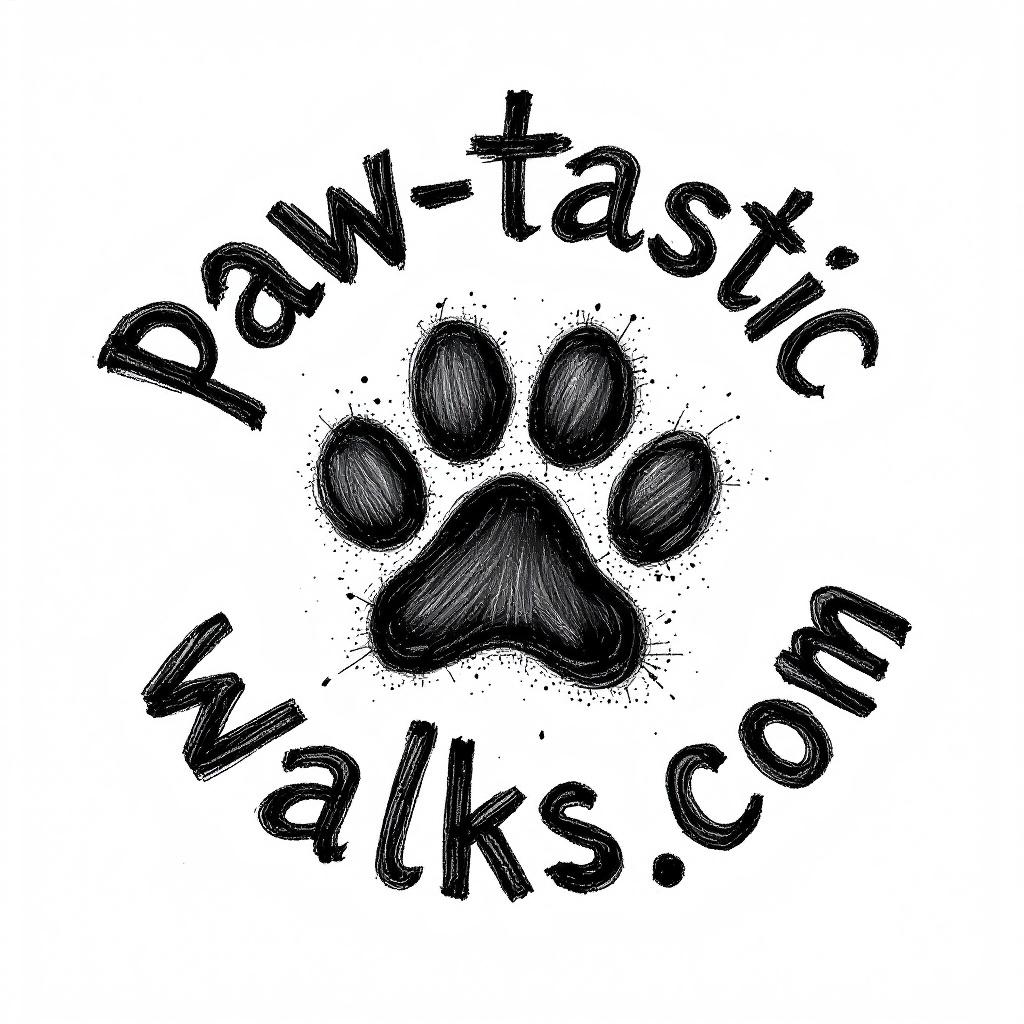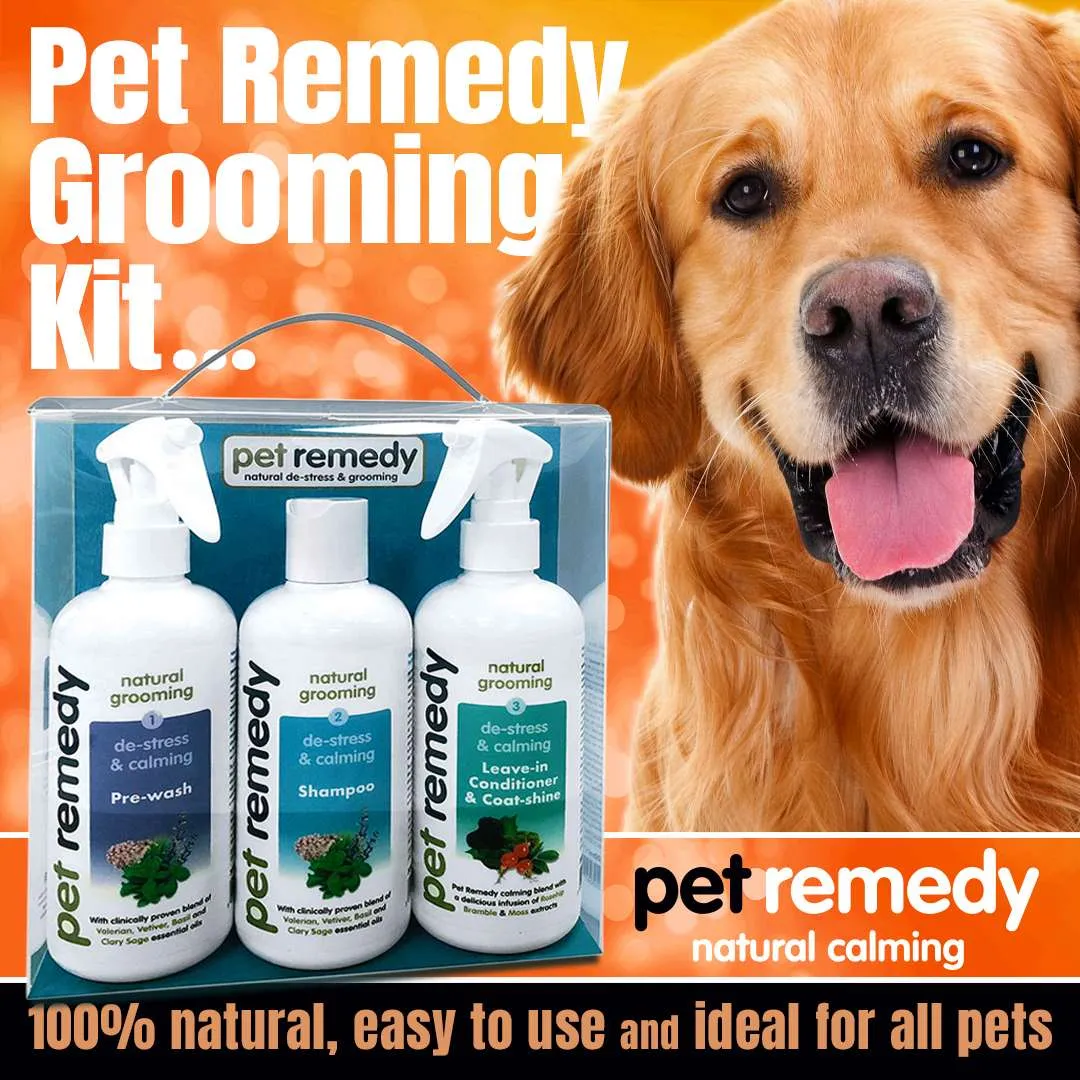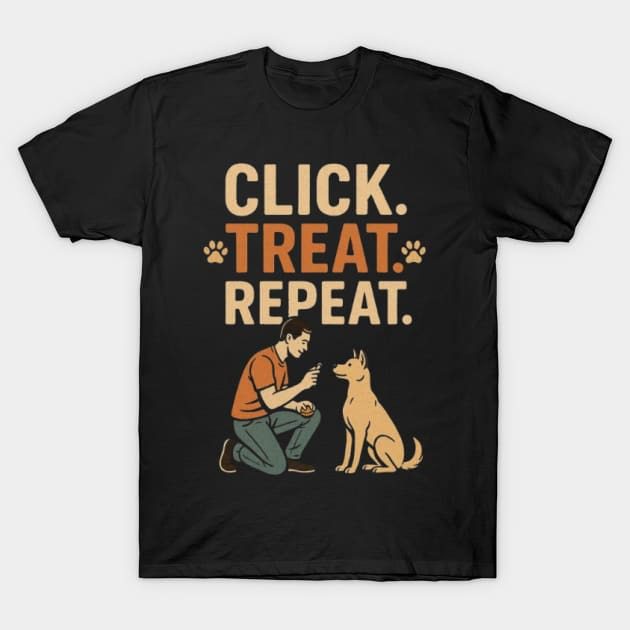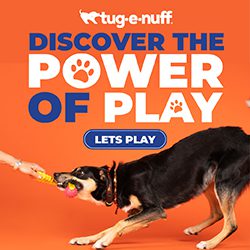Build Trust, Connection & Better Behaviour Through Play
Want to get to the heart of what really helps dogs thrive? Good news: the secret isn’t just about teaching “sit” and “stay”—it’s building genuine trust, understanding, and a playful bond.
Whether you’re searching for local dog walking services in East Cornwall or making your own strides as a dog parent, discovering these dog training secrets will make every walk and every moment together easier and more enjoyable.
This practical guide unpacks the DIAL Method—a simple, fun system from experienced trainer Justine Schuurmans.
You’ll learn how to see your dog’s unique needs, build connections through play, and keep everyone happier (humans and pups alike).
Understanding the DIAL Method: A Fresh Take on Dog Training
Let’s meet Justine Schuurmans, certified dog trainer, family dog mediator, and the mind behind the DIAL Method. With over 20 years of experience—and a background as a producer for TV classics like Nickelodeon and MTV—Justine does things differently.
She’s known for making science-based dog training easy and even, dare we say, fun.
So what’s the DIAL Method?
It’s not just about teaching commands. This approach shows you how to truly understand your dog, set up a supportive home, and build a relationship that goes both ways.
Instead of seeing dogs as a checklist of tricks, you’re encouraged to recognise their individuality and what makes them comfortable, confident, and happy.
What Makes the DIAL Method Special?
Traditional dog training often means repeating the same commands: “Sit.” “Stay.” “Come.” The DIAL Method flips that idea on its head. Instead of starting with what you want your dog to do, focus first on learning what your dog needs.
This means setting up a safe and happy environment where your dog can learn and thrive.
Here’s a quick side-by-side of the two approaches:
| Traditional Dog Training | DIAL Method Approach |
|---|---|
| Teach commands right away | Understand your dog first |
| Focus on obedience | Build trust and communication |
| One-size-fits-all solutions | Unique to every dog and family |
| Sometimes relies on gadgets/products | Relies on science and fun |
The DIAL Method is all about creating a two-way conversation. Your dog may not use words, but their body—tail, ears, eyes, and posture—tells you plenty.
Noticing these signals is often what makes your work as a dog owner, walker, or trainer easy and deeply rewarding.
If you want more dog walking stories and practical advice for local dog walking, check out the Paw-tastic Walks Blog.
The Four Zones of the DIAL Method: Simple Steps for a Stronger Bond
The DIAL in DIAL Method stands for four easy-to-remember zones. Imagine a circle with four parts. You’ll use them over and over as you and your dog grow together.
The Four Zones of the DIAL Method
- See Your Dog
- Parent Your Dog
- Teach Your Crew
- Create a Plan
You don’t move through these steps just once—they’re a cycle.
Like giving your house a fresh coat of paint, you’ll circle back around, improving your connection with your dog each time.
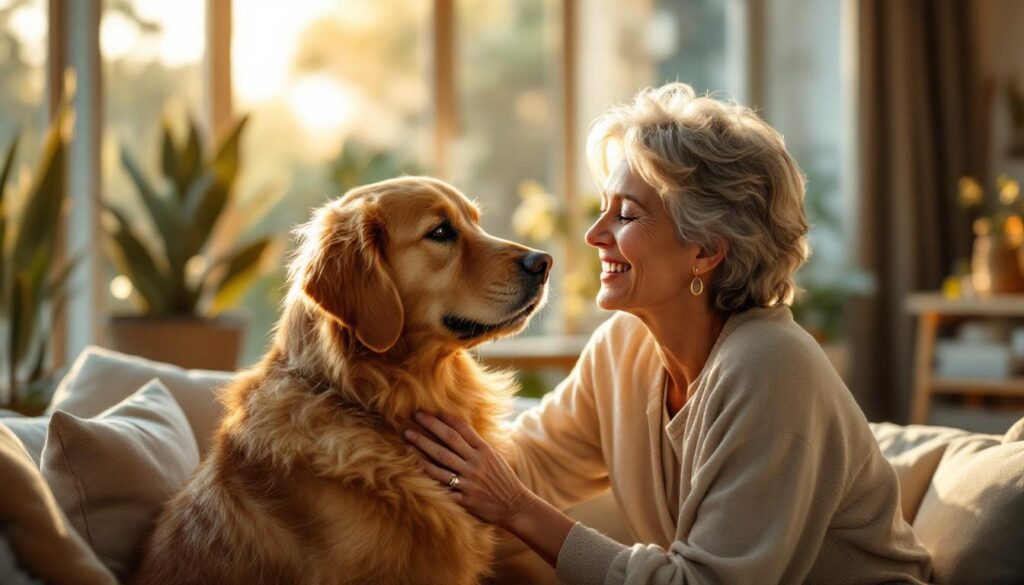
Zone 1: See Your Dog
This step is all about observation. Dogs aren’t cats or little furry robots. Notice how breed history can shape what your dog enjoys.
For example, many spaniels are nuts about chasing, while terriers might prefer hunting, digging, or even shredding a box. But every dog has unique quirks, strengths, and worries.
What to Observe
- Does your dog get excited about certain games?
- Are there places or noises that make them nervous?
- What do they find easy and fun? What’s stressful or difficult?
- When do they seem eager to interact with you?
Accept your dog’s personality as it is, not as you wish it to be. You’ll both be happier that way. One spaniel may love hours of fetch, while another prefers a snuggle on the couch.
And if you’re tackling walks with a nervous or reactive dog, you might find comfort in real stories from the field, like dealing with loose or aggressive dogs on walks.
Zone 2: Parent Your Dog
Dogs (like people) need fair treatment and clear boundaries. Parenting your dog means thinking about their meals, exercise, and emotional safety—and making sure respect flows both ways.
Safe Dog Interaction Practices
- Respect your dog’s body and space. Avoid sudden hugs or grabbing.
- Invite, don’t force. Stand back, pat your leg, and let them come to you.
- Use one hand to stroke or pet so your dog can move away when they want to.
- If your dog walks away, respect their choice to finish the interaction.
No dog likes feeling like a stuffed toy. Give them room to say “yes” or “no.” It’s the easiest way to build trust as a reliable dog walker or loving owner.
For puppy walking services or puppy-proof play, remember: patience and clear boundaries keep pups safe and happy.
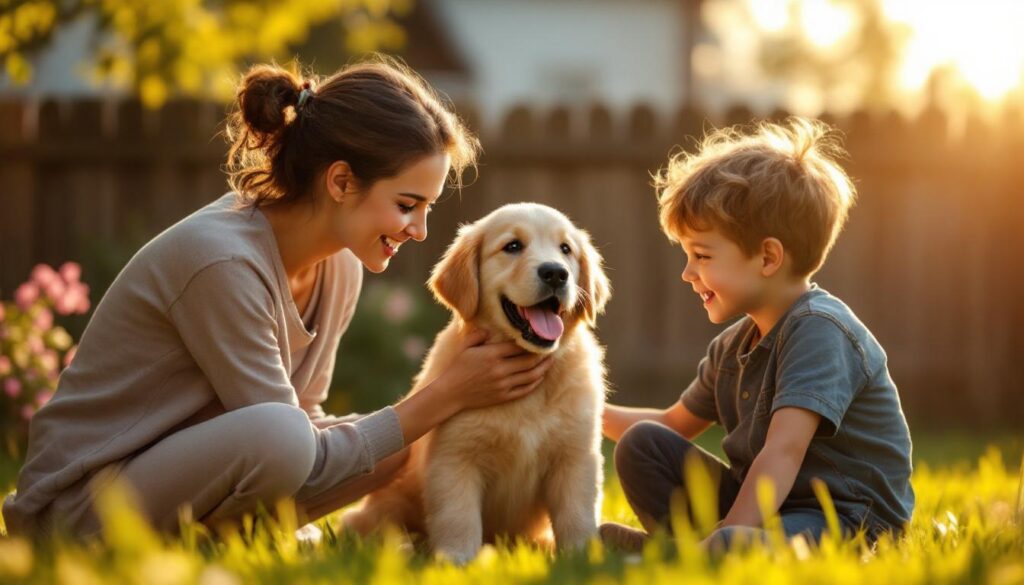
Zone 3: Teach Your Crew
It’s not enough for you to know what your dog likes; everyone in your dog’s world needs to know too. That includes kids, visitors, and even fellow dog walkers.
Tips for Friends and Families
- Always ask the owner before greeting a dog.
- Teach children to let the dog come to them.
- Show others how to spot signs of stress or comfort.
- Create house rules for how to behave around the dog.
Giving clear, simple instructions helps everyone—dogs, kids, and adults—avoid misunderstanding and conflict.
Zone 4: Create a Plan
You’ve observed, respected, and educated everyone around your dog—now it’s time to put it all together.
Every family, dog, and home is different, so tailor your plan.
What Your Action Plan Should Cover
- What games and activities your dog likes best
- When your dog needs quiet downtime
- Strategies for new or difficult situations (like meeting new dogs or people)
- How everyone will communicate about the dog’s needs
Adapt and change the plan as your dog and your life change.
Consistency and flexibility go hand in hand for dog walking rates and care routines, helping you manage regular daily dog walks around your schedule.
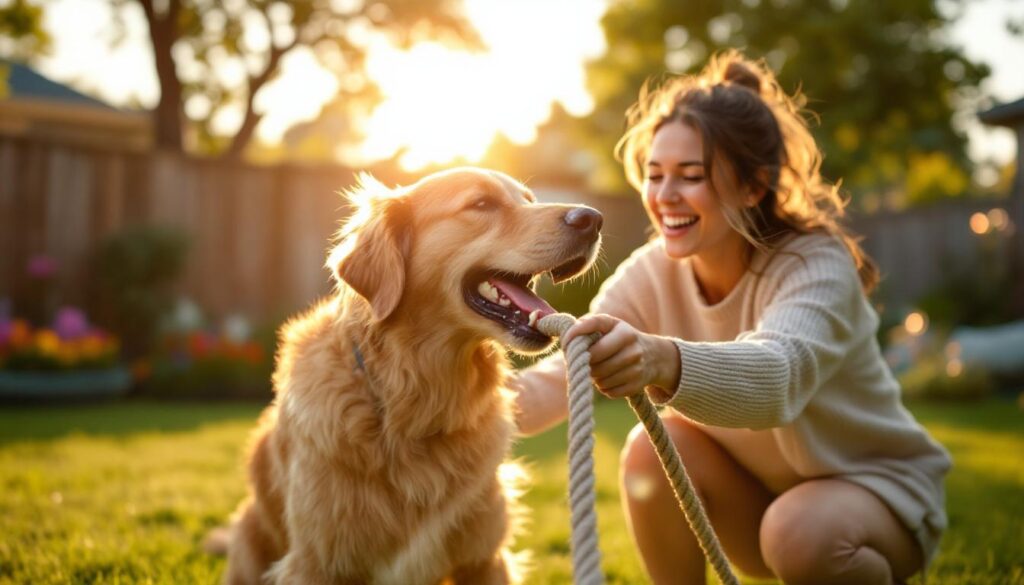
Building Connection Through Play: Your Secret to a Happier Dog
Dog training secrets aren’t just about discipline—they’re about fun! Play brings the joy out in dogs and humans, makes learning stick, and builds unbreakable bonds.
Why Play Works Wonders
Simply put, play builds trust and connection. When you and your dog are busy playing, everyone relaxes. You both let your guard down.
You start to enjoy each other’s company in a new way.
Learning through play is much easier—think of it like learning a new skill while painting, cooking, or playing a sport. When you’re having fun, you’re much more likely to remember what you learned.
If you’re looking for new ways to play with your dog, explore these dog toys and play ideas for all sorts of breeds and personalities.
Finding the Right Type of Play for Your Dog
Every dog has a favourite game. Some love fetch, some go bonkers for tug-of-war, and others revel in hide and seek or scent trails.
Watch how your dog responds, and try different things if they seem disinterested.
Play Ideas by Dog Type
- High-energy dogs (e.g., spaniels): Ball fetch in a safe open area or long grass for scent work.
- Terriers: Hide treats in cardboard boxes or under towels for ripping and hunting fun.
- Puppies: Use long toys for safe tug games—keeps nippy mouths away from small hands.
Not sure what your dog prefers? There’s even a Toy Quest Quiz to help you discover their ideal plaything.
Reading Signals During Play
A happy dog tells you in small ways that they want to keep going. Look for:
- Eager nudging for “one more round”
- Wagging tails, bright eyes, relaxed ears
- Quick, enthusiastic movements
And just as important—learn when your dog is ready to stop:
- Turning or walking away
- Lying down or showing less interest
- Tense or tucked posture
Always adjust your play based on these cues. It’s key for all relationships, from daily dog walks to group dog walks where play style and energy can vary among dogs.
The Power of Connection and Trust in Everyday Life
Your relationship with your dog is like any friendship—it’s built on trust and understanding. When your dog trusts you, it’s easier for them to cope with new or stressful situations, like noisy lawnmowers, meeting new friends, or unpredictable weather on a walk.
“I’ve got you, don’t worry,” Justine often says to her worried dog. He knows she means it, and he relaxes, even around his arch-enemy—the loud landscape mower!
That peace of mind makes every adventure and new situation just a bit more fun.
Dogs Aren’t Robots—They’re Family
Dogs are much more like children than we often think. You wouldn’t try to “train” your kids for every situation—they learn from you by watching, playing, and sharing daily life.
Show your dog the same gentle guidance and empathy.
Building strong connection isn’t just about less barking or worrying about dog walking rates. It prevents future frustrations and helps you and your dog live better together.
Want more on how to balance walks with weather, check out these tips on walking your dog in the rain.
Practical Safety and Respect Tips for Every Dog Owner
It’s everyone’s job—owners, walkers, and visitors—to keep dogs safe and happy.
Four Areas of Respect
- Body: Avoid grabbing, squeezing, or unwanted touch.
- Feelings: If your dog is nervous or excited, adapt your approach.
- Space: Let dogs come to you rather than forcing interaction.
- Stuff: Respect their toys, blankets, or favourite sleeping spots.
Teaching children and guests to move slowly and ask the owner before approaching any dog reduces risk and wins your dog’s trust.
How to Ask to Pet a Dog: Step-by-Step
- Ask the owner first.
- Stand still, let the dog come to you.
- Hold out your hand or pat your leg gently.
- Stroke or pet with one hand, keeping the other free.
This method allows the dog to decide if and for how long they want attention.
It’s simple and respectful—qualities any reliable dog walker should model.
Staying aware and informed is just as important as using the right gear. If you’re concerned about safety, consider tools like a Tractive GPS Dog Tracker for added peace of mind.
For those new to the idea, the Wikipedia page on dog behavior offers a solid introduction on how dogs communicate and respond in their world.
Get This Great Design at our Teepublic Dog Store…and many more!
Resources and How to Dive Deeper Into the DIAL Method
Ready to put these dog training secrets into action?
Justine Schuurmans created several ways for you to learn, whether you’re a note-taker, video watcher, or hands-on learner.
Dial Method Videos & Workbooks
You can get a video edition of the DIAL Method (about 40 minutes), complete with a digital workbook to help you apply every lesson at home.
Family Edition for Kids and Parents
If you’re juggling dogs and children, try The Dial Method Family Edition with tips made just for busy families.
Extra Inspiration for Play
- Need play ideas? Chaser Toys and Ball Toys help you keep things fresh.
- Unsure what your dog will love? The Toy Quest Quiz gives suggestions tailored to your dog’s tastes.
- Curious about the benefits of play-based learning? Try the Power of Play Online Course for free.
If you’re searching for “pet walking near me” or a “professional dog walker” in East Cornwall, remember that connection and trust can make a world of difference—whether you’re hiring group dog walks or looking for reliable, daily dog walks for your pet.
Looking to discover the right dog exercise services, find out about dog walking rates, or see how to build better puppy walking routines?
Learn more about safe, joyful walking and care in your area by connecting with local experts. If you want a guided start, reach out for friendly, expert advice at Paw-tastic Walks Blog.
Conclusion
Dog training secrets aren’t as hidden as they might seem—they’re just rooted in real connection, playful interactions, and mutual respect.
The DIAL Method shows you that effective dog training is about knowing your dog and making every day together enjoyable, whether you’re on a walk through East Cornwall or lounging at home.
By building trust, understanding signals, choosing the right games, and keeping your crew informed, you’re setting yourself (and your dog) up for a happier, calmer life together.
A little play goes a long way. If you loved these tips and want even more advice, stories, and practical help, keep up with the experts at Paw-tastic Walks and make every walk paw-tastic.
